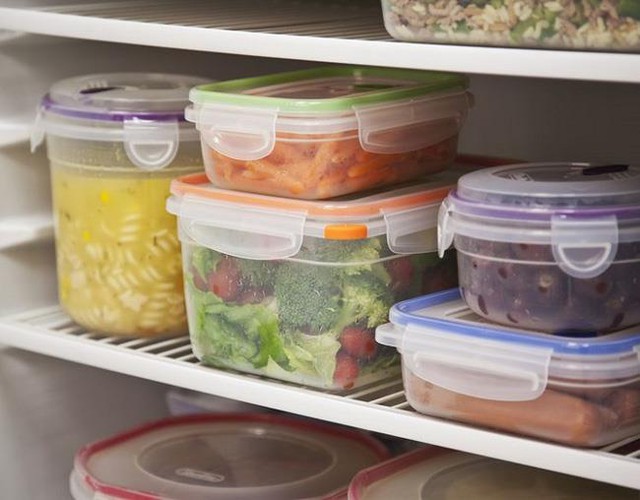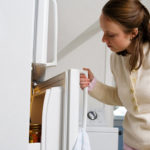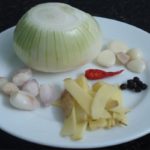## Should You Put Hot Food in the Fridge?
Food preservation is an important topic in daily life. One common question is whether it’s okay to put hot food in the fridge.
Traditional beliefs suggest that placing hot food in the fridge can be detrimental to food quality and reduce the cooling efficiency of the appliance. It is thought that the sudden change in temperature can cause a change in the nutritional value of the food.
Additionally, the hot air from the food can cause condensation when it meets the colder temperature in the fridge, creating an environment that promotes mold growth and potentially affecting all the food in the fridge.

However, the truth is that putting hot food in the fridge is not only safe but also helps prevent bacterial growth while waiting for the food to cool down naturally.
While it’s true that hot food can raise the internal temperature of the fridge, modern fridges are designed to adjust and maintain stable temperatures, even with sudden temperature changes from hot food.
To minimize the risk of damage due to temperature differences, it’s recommended to let the food cool down to around 70-80 degrees Celsius for about 10-15 minutes before placing it in the fridge. It’s also a good idea to cover the food with plastic wrap, which helps reduce condensation and prevent bacterial contamination from the surrounding environment.
If possible, divide the food into smaller portions and use containers with a large surface area to improve the cooling efficiency of the fridge and ensure proper food storage for better health.

Regularly cleaning the fridge and organizing food neatly, without overloading it, is also crucial to ensuring its efficient operation. A clean fridge, free from old food, helps prevent cross-contamination and ensures optimal food preservation.
In conclusion, putting hot food in the fridge is perfectly valid and not as harmful as commonly believed. It’s important to follow proper storage guidelines, including the use of plastic wrap, dividing food into smaller portions, and regular fridge cleaning. By doing so, we can ensure food remains fresh and safe while also prolonging the lifespan and optimizing the efficiency of our refrigerators.
Summary
More Useful Advice for Homemakers (Part 2)
Have you heard of the surprisingly easy tips to make cooking and household chores simpler? White radish eliminates the acrid taste of salted meat, adding alum to raw shrimp helps soften it, and adding cold water when frying eggs can make them crispy – these are just a few of the tricks to make your life easier.





































